When I first began my career as a dog trainer and behavior consultant, I worked in a veterinary clinic. I saw dogs who loved saying hello to the staff, and others who didn’t want to step through the front door.
Because dogs generally (hopefully) only need to visit the veterinarian once or twice a year, the environment can be unfamiliar and potentially frightening for many dogs.
The clinic where I worked was quite progressive and knowledgeable about dog behavior, and there were quite a few dogs who would walk through those doors eager, even excited about visiting one of their favorite places.
Why? Because those dogs came to visit us many times before they needed to be there — to say hello, eat some treats, or participate in our puppy school.
This was done preemptively, before the clinic became scary.
Not every dog develops this type of positive association with the vet — some develop negative associations, and others fail to develop any association at all. This can make trips to the vet just as scary as a bad experience during an office visit.
But don’t worry: There are several things you can do to help calm your dog at the vet.
We’ll share a few of the best techniques and strategies below.
How to Calm an Anxious Dog at the Vet: Key Takeaways
- Dogs become anxious about visiting the vet for a number of reasons. Unfamiliarity with the vet’s office, the myriad people and other dogs present, and the actual procedures our dogs have to endure can all make vet visits stressful on our puppers.
- It’s important to recognize the signs that may indicate vet visits are causing your dog anxiety. This includes things like pooping or peeing in the office, trembling in fear, or exhibiting defensive or aggressive behaviors, such as barking or lunging at the staff.
- Fortunately, there are a number of things you can do to reduce your dog’s anxiety about the vet. This includes simple things like taking your dog in to say “hello” to the staff (and solicit a treat or two), as well as more complicated strategies, such as teaching your dog relaxation skills.
Dog Anxiety Going to the Vet: Why Do Dogs Get Scared During Vet Visits?

We are unable to rationalize with our dogs, tell them what is happening, or explain what is about to happen. The unexpected can be scary for our dogs — especially those with on-going health issues who need to go in regularly.
In fact, there are many things that we, as humans, may not realize make vet visits stressful situations for our dogs.
Some of these could include:
- Smelling the myriad medications, cleaning products, and unfamiliar animals in the office. Even if the other dogs are in an exam room or out of sight, there are signals and scents we may be unaware of that our dogs easily pick up. This is unavoidable; doctors, technicians, and assistants will need to approach and touch your dog.
- The loud noises that are common at vet offices. Not only are vet offices characterized by a cacophony of barks, purrs, bird calls, and other animal noises, they’re also places where your dog will hear clanging metal tools and equipment, as well as other bizarre sounds, which can be frightening to dogs.
- Being subjected to unfamiliar procedures. I suspect that few of us look in our dog’s eyes, ears, and mouths on a regular basis. This can feel foreign and worrisome to some dogs.
- Being put in positions they’d rather not be in. Some of these situations might include being lifted up onto an exam table or a scale. It could also include being poked and prodded with needles, stethoscopes, or other medical equipment.
Think about it: When was the last time you took your dog to the vet for fun? To have a good long play with friends? To meet familiar faces and gorge on treats? If you are like most pet parents, the answer is likely never.
This lack of exposure and positive experience can lead to a dog vet phobia.
Common Signs of Anxiety at the Vet: How Does Veterinary Anxiety in Dogs Manifest?
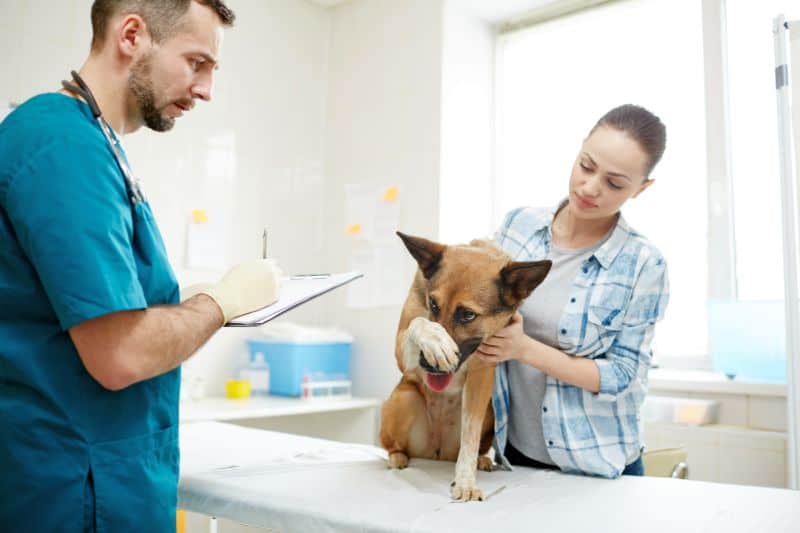
Anxiety can manifest in different ways for different individuals.
Dogs don’t speak our language, so it is important that we learn to read their body signals and be on the lookout for the subtle signs of stress. Most stress signals work in conjunction with others; they rarely occur in isolation. So, make sure you look at the whole dog, nose to tail.
Watch for behavior that is unusual for your dog, specifically.
Some of the common symptoms of anxiety at the vet include:
- Your dog screams at the vet. Vocalization is not uncommon for a dog who is feeling overwhelmed. Dogs vocalize for a number of reasons, but if your dog’s vocalizations sound like a scream or cry, whimper or whine, your dog is likely feeling fearful or anxious.
- Your dog shakes or trembles at the vet. You know that feeling when you’re waiting at the dentist’s office? Or when you’re about to jump out of a plane (ok, maybe not, but I am sure you can imagine!) Shaking is a response of your nervous system that we call fight or flight. When your dog is faced with something potentially scary, stress hormones are preparing the muscles to either fight or run, resulting in trembling or shaking.
- Your dog starts panting and drooling. If it is hot, and your dog is otherwise relaxed, panting is nothing to worry about. But excessive panting and/or drooling can indicate stress.
- Your dog poops at the vet. It happens more than you think. And no one at the clinic minds, I promise! The gastrointestinal tract often reacts to stress and anxiety. No need to make a big deal about it, it’s not their fault. Just remember to pack your poop bags in advance!
- Your dog barks at the vet. Some dogs, when feeling stressed, may bark at people or animals in the clinic. Remember I talked about fight or flight a moment ago? Well, if we take away the option to flee (because they are indoors and restricted by a leash), then their only other option is to fight.
- Your dog gets aggressive at the vet. Sometimes your dog’s tolerance for people, other animals, or being handled, can diminish greatly in a stressful environment. They may bark or lunge, as I mentioned above. They may also growl, snap, or even bite. This is their way of communicating that they are uncomfortable, so it is important to not punish them for letting us know. If we do, they potentially may bite without warning the next time, which is much worse. Note that aggression and anxiety go hand-in-hand, so you should consider working with a professional if your dog displays any aggression issues.
- Your dog does… nothing. Yup, that’s right – “nothing” can actually be a sign that something is wrong. We can’t assume that a lack of behavior means that our dogs are fine. If your normally wiggly happy dog is suddenly frozen in fear, it is likely your dog is feeling very overwhelmed.
So, what does a happy dog look like? Look at the ears, mouth, tail, eyes, and body movements. Are their ears and brow relaxed, tail at half-mast and wagging broadly side to side? Is his jaw relaxed? Are his eyes soft and relaxed? Is his body “wiggly”?
The more you learn about body language, the better you can mitigate any issues before they arise.
7 Tips for Reducing Dog Anxiety at the Vet
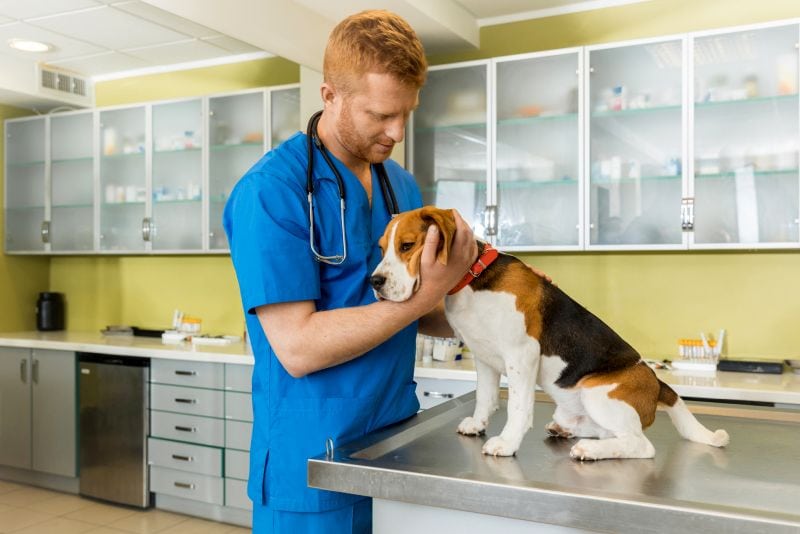
There are several things that you can do to make the vet more enjoyable for our dogs. These might include:
#1 Take your dog to the vet during off-peak times.
One of the simplest ways to keep your canine calm when visiting the vet is to schedule your appointments during off-peak times. This may not help you avoid every other dog, cat, and owner visiting the practice, but it’ll certainly help in your quest for a calm companion.
Different veterinary offices will experience different traffic-flow patterns, so just give the office a ring, explain that you have a anxious or reactive doggo, and ask for an appointment during the calmest time possible.
Most vet offices will be happy to oblige and appreciate you being proactive about your dog’s anxiety.
#2 Go in for friendly visits.

Take your dog in to visit staff when you are not there for a medical reason. Be sure to have some super delicious high value treats on hand and let your pooch sniff around and say hello to the staff. This will make the experience much more positive.
I used to teach a puppy class in the veterinary clinic after hours and weekends. Puppies who came to that class always loved coming to the vet because of all the positive experiences they enjoyed before coming in for something medical related later.
#3 Do your research and find a low-stress or fear-free vet.
Not every veterinarian or clinic is created equal. If you can, look for a Low-Stress Handling or a Fear Free certified clinic in your area.
The staff in these kinds of clinics have been trained to make the experience as positive as possible for your dog. It also means they know how to better handle a nervous or anxious dog without the use of force.
Some of these veterinary offices also employ other strategies to help your dog relax and feel like she’s in a safe place, such as playing low-volume classical music or white noise to block out disturbing sounds.
Also, consider your dog’s personal preference. My dog prefers men to women. If I choose a male vet, she is likely to feel more comfortable overall.
#4 Let your dog “practice” veterinary procedures.
Not every dog loves being handled or experiencing a physical examination. Some don’t enjoy their ears being touched, while others don’t like having their mouth examined. So, practice these things early. For example, you can look in your dog’s ears, then offer him a treat.
Remember, your dog will be most anxious about things that are unfamiliar. If you are unsure or your dog is already fearful of certain procedures, you can contact a certified professional dog trainer or fear-free professional to help you through the process.
You can actually teach your dog to co-operate in his own care and handling! This procedure is commonly used when treating zoo animals, and it allows your dog to not only tolerate treatment and handling but to have a choice and ability to say no too.
#5 Get your dog plenty of exercise beforehand.
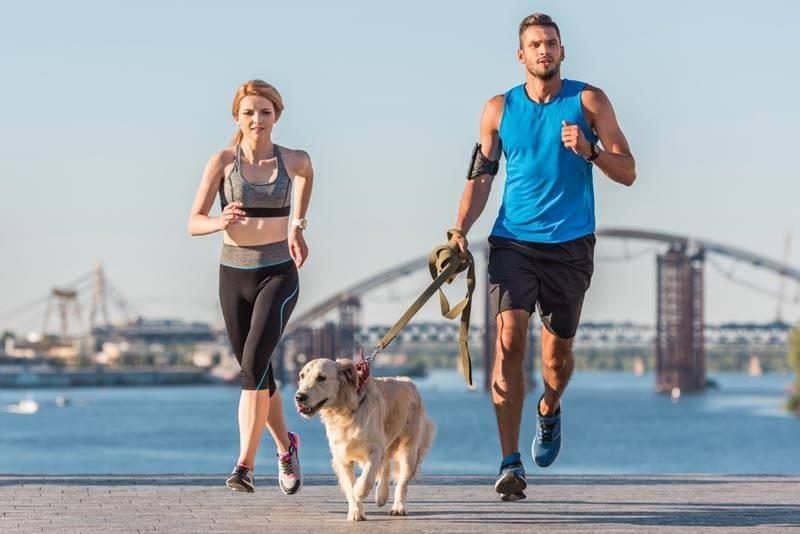
Sometimes anxiety can be exacerbated by over-excitement. Exercise or physical activity will not completely prevent anxiety, but if your pooch has a nice long walk or run at the park prior to visiting the vet, he may feel a little more relaxed, as his needs have been already met.
#6 Teach your dog to “settle” or be calm.
Karen Overall’s Relaxation Protocol is great for teaching your dog to settle. It is a useful skill to teach any dog, but particularly one that is easily stressed or highly excitable. Start by teaching your dog to be calm in regular situations, and then slowly increase the level of distraction around them. Pretty soon, you will have a dog who is able to settle in all environments, including the vet!
#7 Keep yourself calm.
Make sure you remain calm, no matter how your dog is reacting. This means refraining from raising your voice, pulling on the leash, or making harsh corrections, among other things. Instead, take a deep breath and reassure your dog that you are there for him. It is okay to pat, hold, or talk to your dog if he is feeling scared, the same way you would comfort a person if they were feeling anxious.
And remember, if you are stressed, your dog will likely think there really must be something to be stressed about!
#8 Consider an online vet appointment instead
There’s no denying that sometimes your dog will have to have an in-person vet visit. But this isn’t always the case!
Thankfully in recent years, we’ve seen increasingly more online options for owners who need a vet consultation or a veterinarian’s opinion that doesn’t necessarily warrant an in-office visit.
If you have a quick question or concern that can be evaluated over text chat or a video call, consider opting for a virtual veterinarian visit online instead. These services can vary in terms of pricing, but basically, for a small fee, you’ll get direct access to a knowledgable and experienced vet. In many cases the vet may be able to answer your questions or offer some next steps that you can perform on your own. In other cases, they may recommend an in-person visit.
For owners of dogs who are a nervous wreck at the vet, exploring the option of a digital vet visit is a welcome alternative! Heck, some of these services can even give your dog a prescription online without a vet visit.
How to Calm Your Dog at the Vet: 5 Ways to Help Dogs with Anxiety Feel Better

If — despite your best efforts to employ the recommendations discussed above — your dog is stressed, anxious, or fearful upon arriving at the vet, it is completely acceptable to comfort him. In fact, I encourage it.
But you don’t need to make a big deal about it. Here are some other options that may help:
- Treats. If your dog will take treats, I recommend coming armed with a baggie full of high value (highly desirable) treats. This might include cheese, liver, peanut butter, or whatever your dog loves the most. Keep in mind, he may be too anxious to eat anything while there, but it is better to come prepared anyway.
- Cuddles. If your pup wants to be close to you, allow him to cuddle. You want your dog to seek you out for comfort.
- Keep your distance from triggers. Try to keep them at a distance from other dogs or people if your dog is being reactive. Always feel free to ask if there is an empty room where you can wait instead of the busy waiting area.
- Avoid any form of punishment. Even if you feel your dog’s behavior is inappropriate, or that he should know better, he likely can’t help but have an emotional reaction. By reprimanding your dog, you can make his anxiety worse and take away his source of comfort (you).
- Calming wraps. Tight-fitting clothing can often help reduce fear and anxiety. The ThunderShirt, for example, provides consistent, reassuring pressure, which often helps dogs feel more secure. Despite the name, these wraps are not just for fear of thunder – they work in many anxiety-provoking contexts. You can buy a Thundershirt here, or make a custom version on your own.
Dog Sedative for a Vet Visit: Can I Give My Dog Calming Meds?
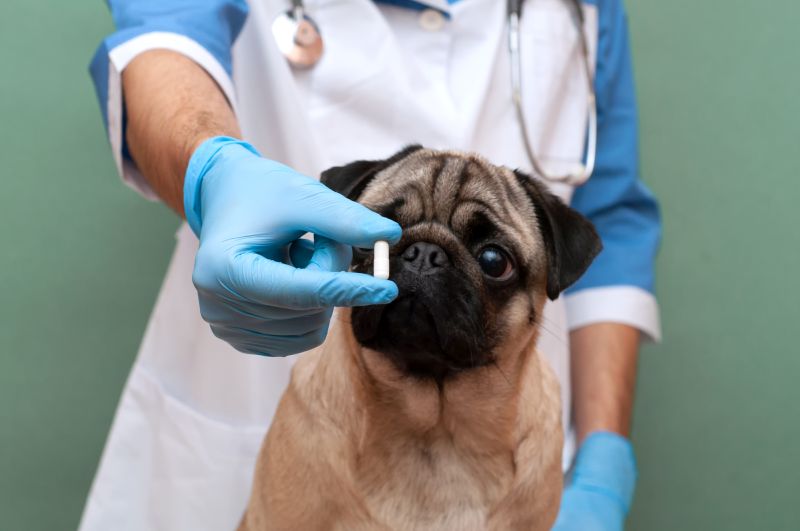
If your dog has severe anxiety, you may want to discuss using an anti-anxiety medication with your veterinarian. There are a lot of dog anxiety medications available, and they may just help your dog cope with the stress a little better. This could make the visit a little more enjoyable for everyone.
Though there are daily use anxiety meds, if your dog is only anxious about certain situations (like being at the vet), then you can use what is known as an “event med”. This is given 30 to 60 minutes before you arrive at the clinic and will work for about 3 to 6 hours.
Again, discuss the options with your vet (or a veterinary behaviorist). That is what they are there to help you with, and they can work with you to find the right fit for your dog.
If you’re not quite ready to consider anti-anxiety medications for your pup, you may want to explore the world of calming supplements. There are a variety of options available, ranging from CBD treats to pheromone-based natural supplements that may help your pet feel better at the vet.
Will Adaptil Make My Dog Calm at the Vet?
Adaptil (D.A.P.) is a synthetic appeasing pheromone that comes in a spray, diffuser, or calming collar. It may help to reduce stress in dogs with anxiety. Just note that you likely won’t see a huge change in your dog’s behavior, particularly if the anxiety is severe or has persisted over time.
There have been studies showing the efficacy of Adaptil in reducing some stress-related behaviors (for example, Kim et al., 2010; Landsberg et al., 2015; Mills et al., 2006), while others have found that it is not effective at reducing stress (for example, Hewson, 2014).
In conclusion, there is no harmful or inherent risk to using Adaptil but do so knowing that there may or may not be much noticeable change in your dog’s anxious behavior.
Having said that, many clinics I have been to actually have an Adaptil diffuser in the exam rooms already!
Should I Muzzle My Dog for the Vet?
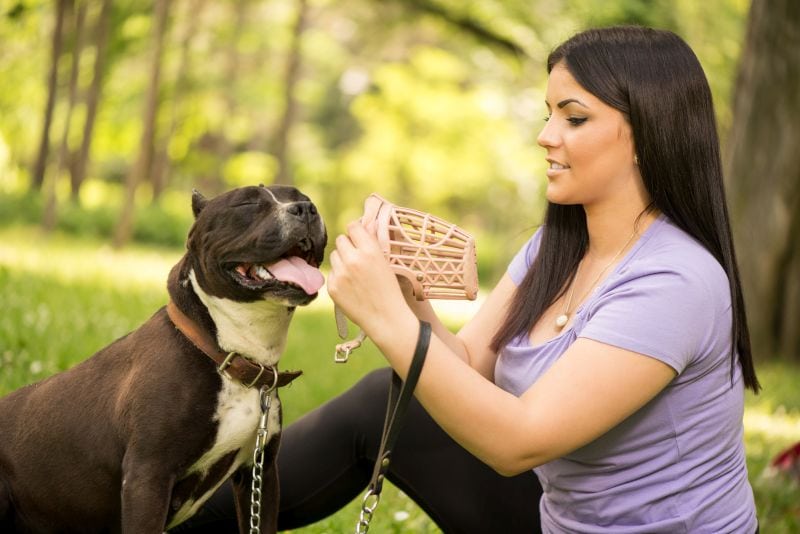
I think every single dog should learn to love the muzzle. Think of it this way, if you have used the muzzle at home and already made it a fun, positive experience, then when you need to use it, it’s not an added stress.
On the other hand, if your dog has never worn a muzzle, is already feeling anxious about being at the vet, and then you suddenly slap one on, he will likely hate it and become even more stressed out.
Note that not all muzzles are created equal. I prefer the basket muzzles for most occasions because they still allow you to effectively feed treats and are less restrictive. There are several brands on the market, and clearly, not every dog’s face shape and needs are the same.
Think a dog muzzle will help your pet at the vet?
Check out this article to see some of the best muzzles on the market!
What Happens If My Dog Bites the Vet? Can a Vet Sue Me If My Dog Bites Him?
Getting bitten from time to time is part of the job for a vet, and most vets see the potential to be bitten as an occupational hazard. If your vet feels that a dog might bite them, he or she will generally use extreme caution, such as administering sedatives and making sure the dog is muzzled.
Legally, vets have assumed the potential of a bite as a condition of their work and would have little legal foothold, especially if you have fully disclosed any potential risk.
Can Veterinarians Refuse to Treat a Dog?
Your vet has the right to refuse to treat your dog, just as you have the right to refuse any treatment recommended.
In the United States, according to the American Veterinary Medical Association, aside from emergencies, veterinarians have the right to decide whether to have and/or continue to serve any client. If you are an existing client, he or she has an obligation to continue to either work with you or provide you with a referral.
This situation is likely rare in the case of an anxious or fearful dog, so I wouldn’t worry too much. However, taking precautions and minimizing risk is ideal for everyone involved.
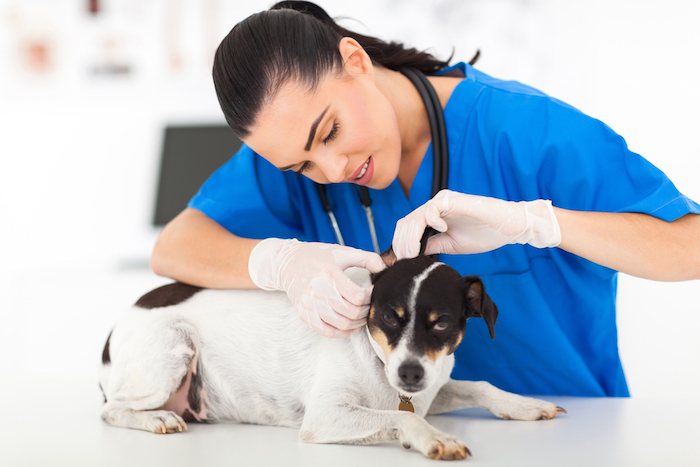
Can a Dog Be Traumatized After a Vet Visit?
Every time we expose our dogs to something that they find fearful, we are potentially “traumatizing” them. Visits to the vet, however, do not need to be traumatic if we take measures to minimize stress and avoid escalating triggers.
Your vet and (and the support staff) are there to help!
For example, my dog is fearful of new people in new situations.
In a few weeks, she will be going in for her spay surgery. Instead of dropping her off at 8:00 AM, having her handled by strangers, and waiting for her surgery in an unfamiliar environment alone, I will take her in at 9:00 AM when the vet arrives.
That way I can stay with her until her pre-surgery meds have taken effect and she is relaxed and sedate. I will also pick her up as early as she is able to leave.
***
There’s no doubt about it: Veterinary anxiety is a very common type of anxiety. And while it can be tough on our pets, vet visits are necessary for giving our four-footers a long, healthy life.
So, make the vet as stress-free as possible by reducing risk, comforting your dog when he is anxious, and creating a positive relationship with the clinic. Allow him to form positive feelings about being handled by practicing in low-stress environments and giving him plenty of his favorite treats while you’re there.
Make both of your lives easier by doing your homework and setting them up for success!
Have you figured out any techniques or strategies that help keep your dog calm at the vet? We’d love to hear about them! Share your experiences in the comments below.
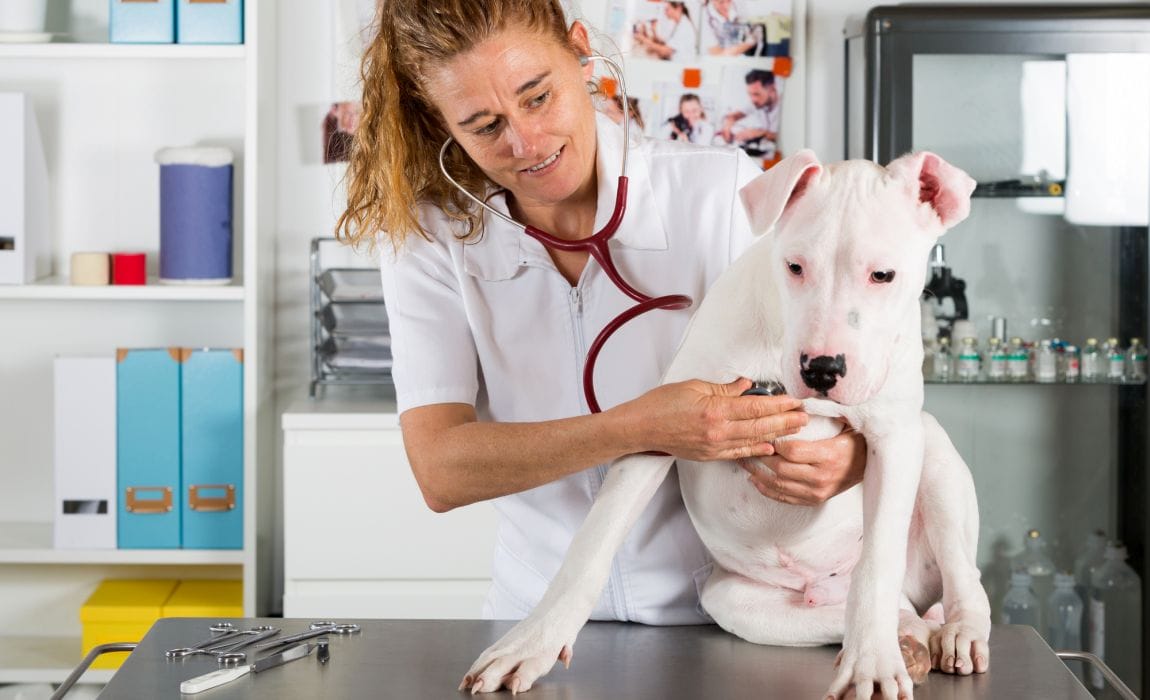


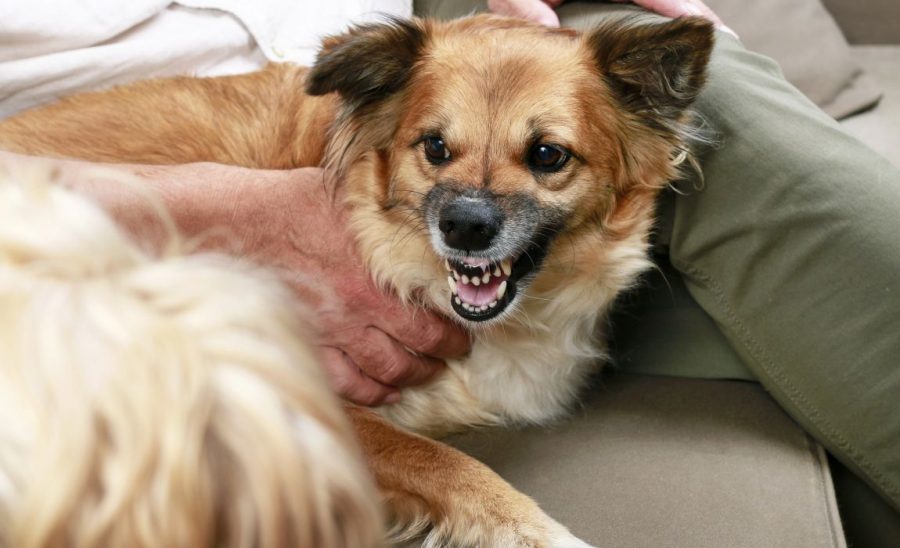


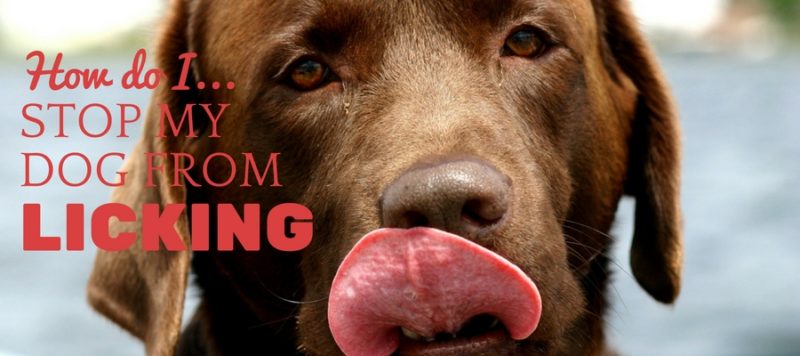
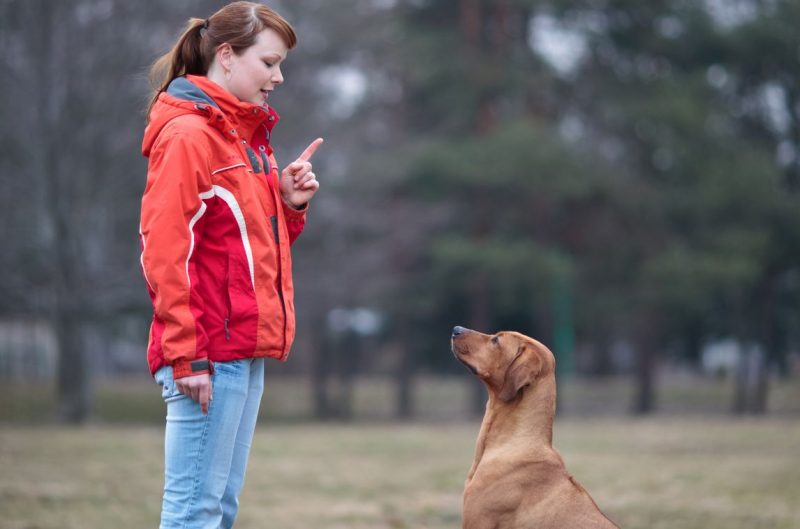
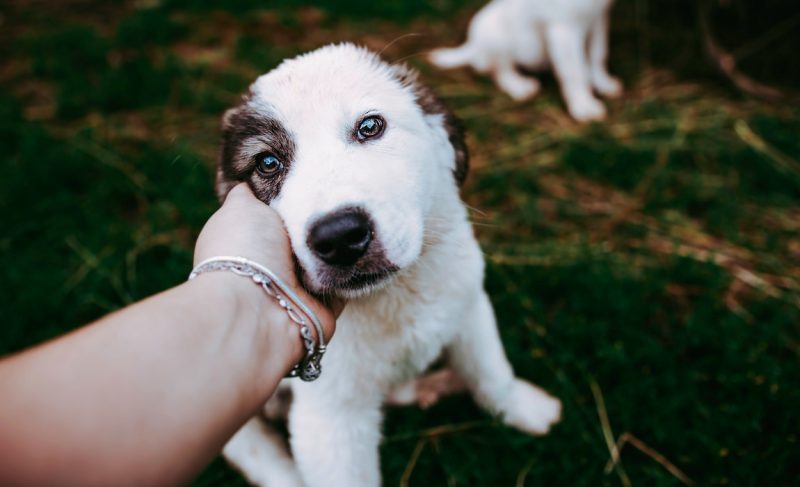
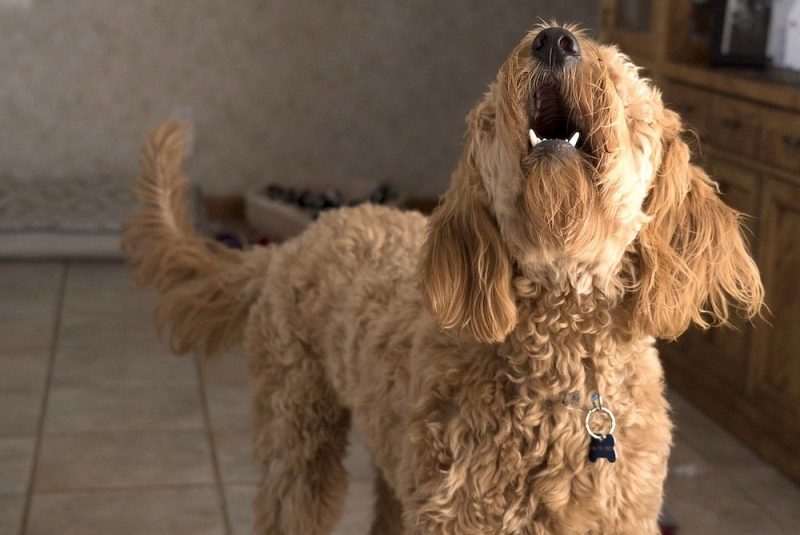
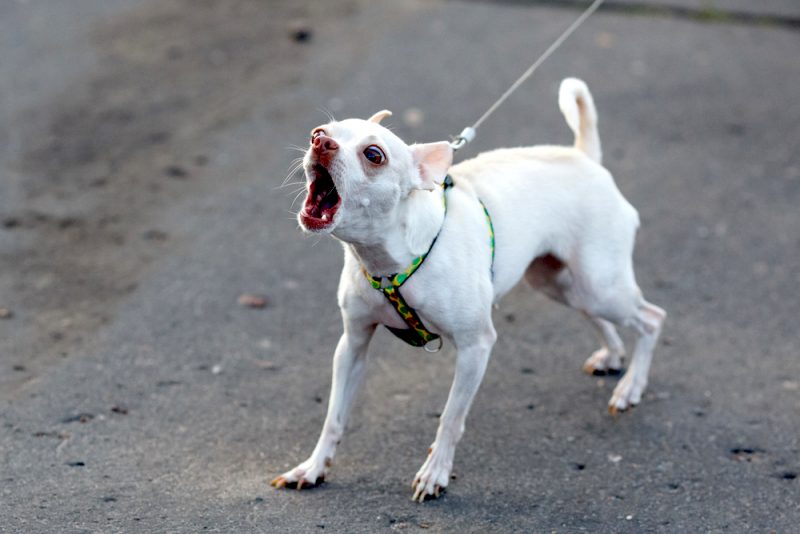

Leave a Comment